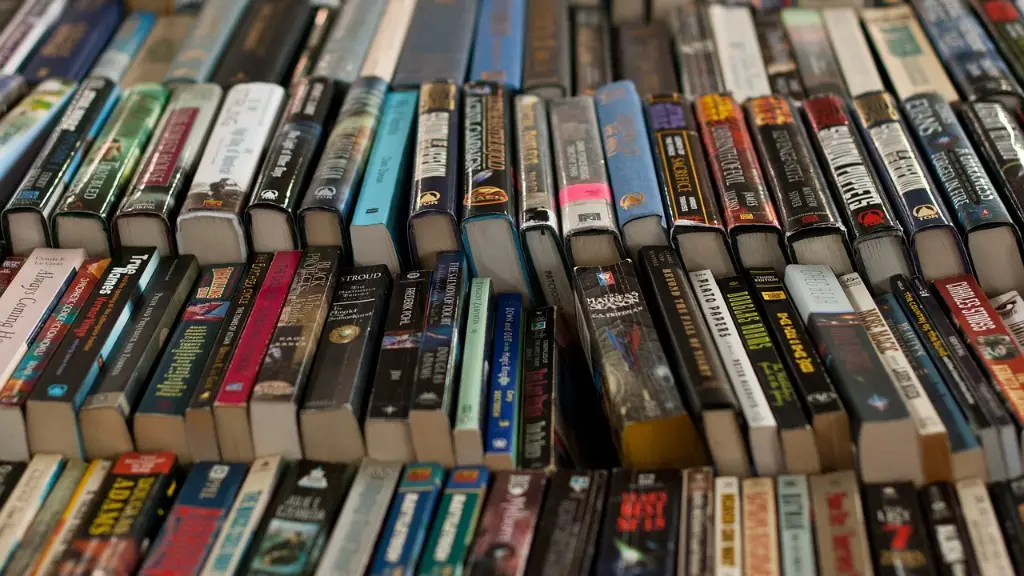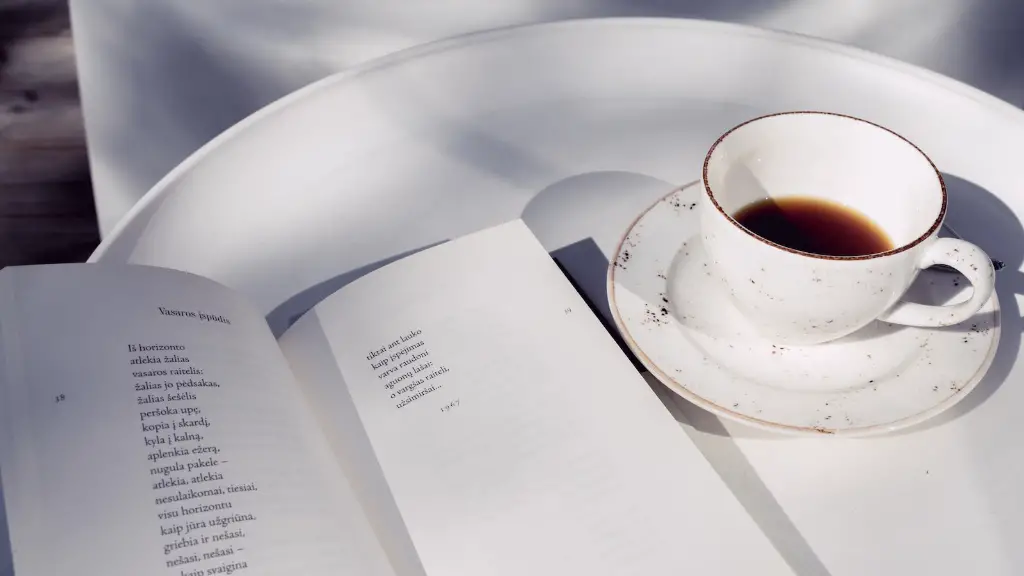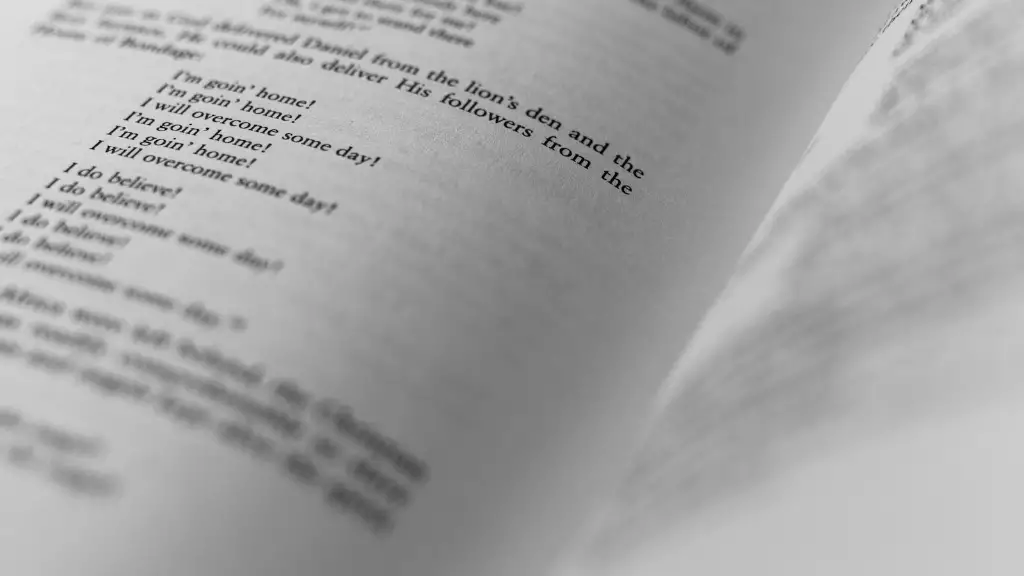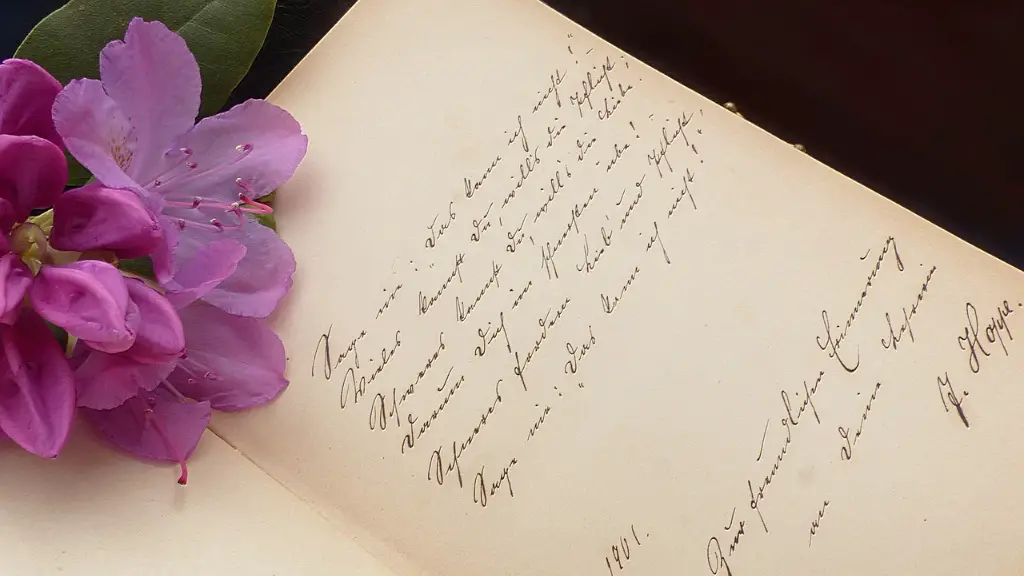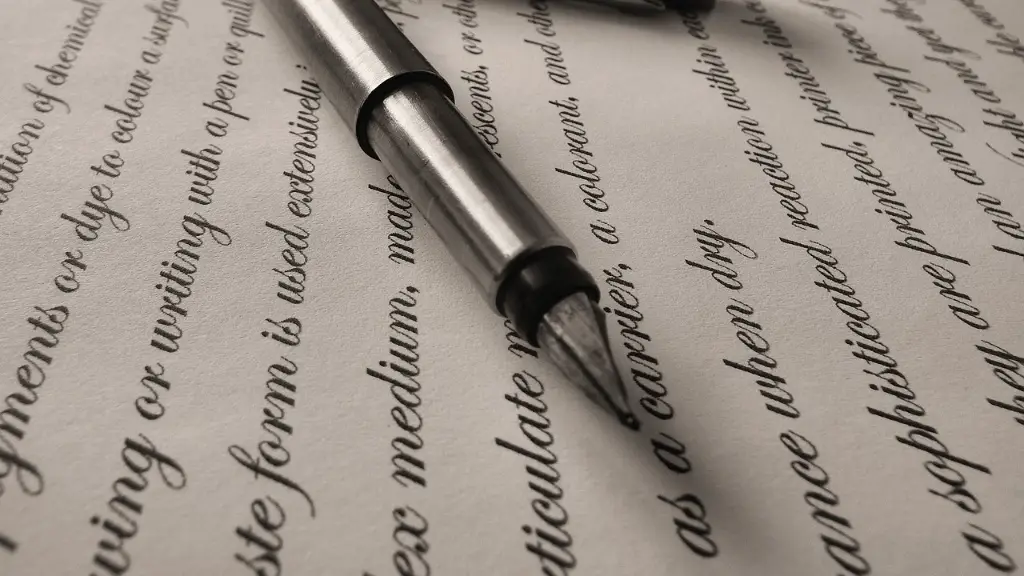Blackout poetry is a form of creative expression that utilizes words from an existing text to create a new poem. It often involves obscuring or eliminating portions of text until the poem’s essence emerges. The practice is usually credited to Austin Kleon, an American author, artist and speaker. Kleon wrote about his experience crafting blackout poems in his 2010 book, “Newspaper Blackout,” a collection of the poems he created from the New York Times.
Kleon’s aim was to reimagine the text he found in newspaper articles, legal documents and books by using only the words that had special meaning to him. When selecting words, Kleon would take into account the aesthetics of the poem, such as the lines and the shape of the poem, as well as its overall message and rhythm. Blackout poetry could be seen as one of the purest forms of creativity: using the words supplied by the text and transforming them into something entirely new and thought provoking.
As a form of contemporary poetry, blackout poetry has become popular with poets and non-poets alike. It is seen by some as a modern and accessible form of poetry, because, unlike most traditional poems, blackout poetry does not require lengthy word-smithing. Additionally, due to its conciseness, it is often easier for people to connect with the words on a deeper level, as the poem makes its message more obvious.
Kleon has been recognised for reigniting a new way of looking at and presenting information, as well as for pioneering a new form of creative expression. He has inspired and impacted millions of people through his work since the discovery of blackout poetry. His work has led to the launch of a worldwide blackout poetry movement, as writers flock to become part of the growing art form.
Beyond its impact on culture, blackout poetry has also found application in teaching. Erika Olson, an English teacher, has incorporated blackout poetry into her classroom curriculum. She uses it as a way to help students understand the power of words, to see how words can often take on entirely different meanings when paired together in creative ways.
Teacher reaction and perspective
Olson believes blackout poetry is an effective teaching tool and has seen how much her students enjoy it. Her classes have used blackout poetry to discuss the meaning of words and how multiple meanings change the context of a piece. She has seen students come alive as they work on their blackout poems—the activity often sparks their creativity, gets them excited and engaged in the lesson.
Olson believes blackout poetry may be especially valuable in classrooms where students who may not be comfortable with traditional forms of poetry are able to express themselves. She also notes that creating blackout poetry is a great way for students to practice writing without the fear of being judged. According to Olson, blackout poetry is a great way to allow students to develop their natural literary instincts and be creative.
Conclusion
While the inventor of blackout poetry is widely credited to Austin Kleon, blackout poetry continues to evolve and inspire. As a creative and accessible form of expression, it has found applications in teaching and inspired millions of poets around the world. Whether used as an expressive tool in classrooms or an artistic practice for wordsmiths, blackout poetry will likely remain popular for years to come.
Political implications
The creative practice of crafting blackout poetry has become increasingly popular, as it offers a unique form of expression and communication. It is not just limited to poetry, but also extends to the political arena. Blackout poetry has been used to create political statements, as it enables individuals to present the topics they are passionate about in a unique way.
Given the highly effective potential of blackout poetry as a political tool, more and more activists have been turning to it as a means of communicating their views. Blackout poetry has been utilized to communicate topics such as gender equality, racism, environmental justice, and education reform, among many others.
The poems are short, direct and often make their point effectively. By utilizing the words of existing texts, a blackout poem can make a powerful statement in a creative way. It can also help bring attention to important issues in the public eye and bring them to the forefront of people’s consciousness.
Pop culture influence
As an innovative and effective form of expression, blackout poetry has been adopted by many artists and musicians, who have been using the form to create their own unique works. Musicians have been known to create blackout poems and even write songs based on blackout poetry concepts.
Grammy Award-winning musician, Janet Jackson, wrote a song called “Blackout” that featured a chorus composed of lyrics from a blackout poem. Similarly, the song “Have Yourself a Merry Little Christmas” was based on a blackout poem written by its singer, Michael Bublé. It is clear that the creative practice of blackout poetry can take many forms, depending on the vision of its author.
Blackout poetry has also made its way into visual arts. Photographers have used the technique to create blackout photographs that serve to summarize certain topics in a few words. These blackout photographs have then been used in campaigns and exhibitions showcasing the impact of the art form. Additionally, racial justice campaigns have utilized blackout poetry to make statements about racism in society.
Future trends of blackout poetry
Given its wide-ranging applications and its educational potential, it is likely that blackout poetry will continue to have an impact on culture and the arts. As individuals become more aware of the artistic potential of blackout poetry, it is likely to remain popular in the years to come. There is also potential for blackout poetry to become a more prominent form of artistic expression, as it is highly accessible and can provide an effective way for people to convey their thoughts and feelings.
As the demand for blackout poetry grows, so too will the number of people who seek to incorporate it into their work. There is already a growing trend for the use of blackouts in graphic design and in the design of logos and branding, which could be powerful and effective additions to any marketing or advertising campaign. The creative possibilities of blackout poetry are seemingly infinite, and it will likely be around for some time to come.
